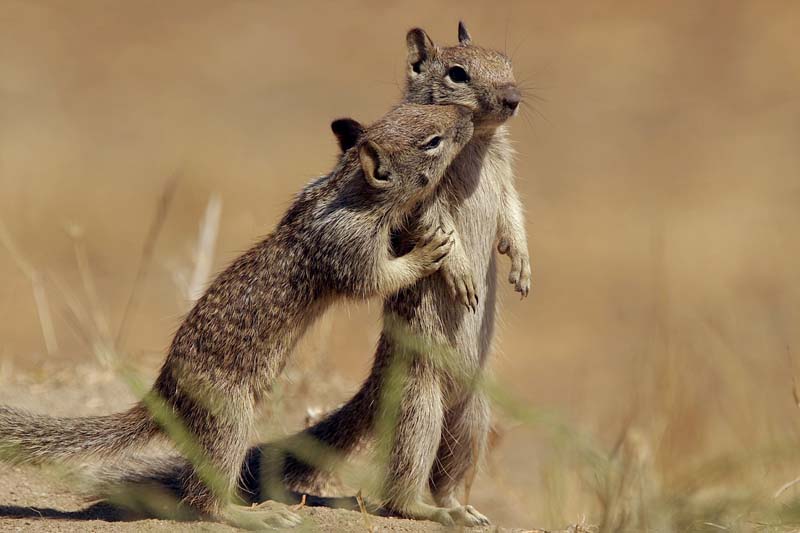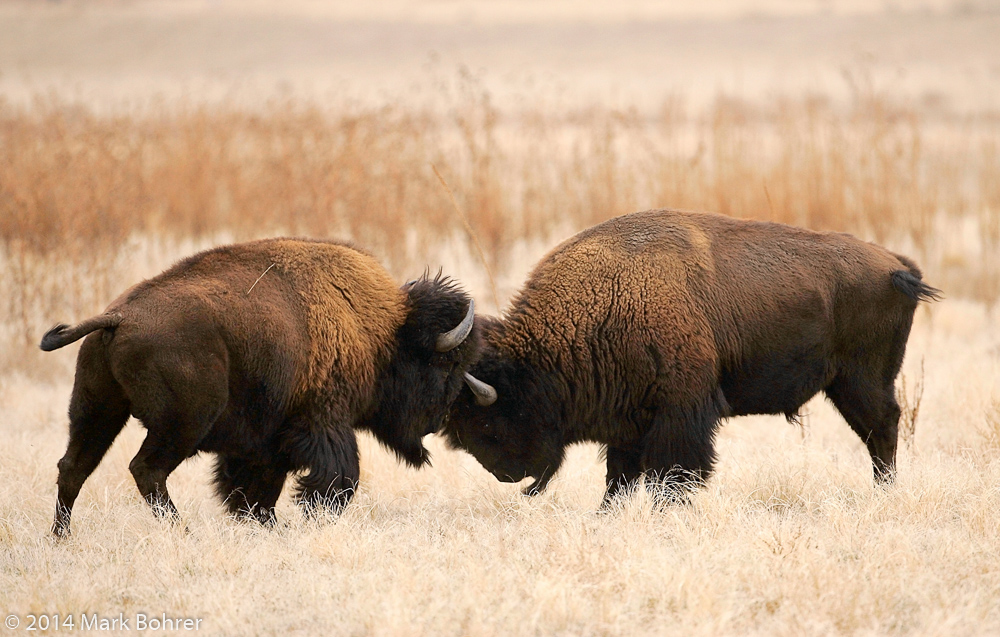They Want The StoryYou walk into a room where you little brother was playing. Legos, Matchbox cars and toy trains litter the floor. Railroad track pieces don’t go anywhere. What happened here? Your images need to connect with your viewer to tell a coherent story. They shouldn’t be like library books spilled on the floor after an earthquake. Research Gives Better PicturesOne of my mentors, wildlife photographer Moose Peterson. taught me to write articles from the photographs, not the other way around. But over the years I’ve learned to research my subject long before I set foot in any national park or wildlife refuge. That gives me some notion of the pictures I’m after, and the story I want to tell. Who? How? Why?Ask – Who lived here? And how did they live? Did they mostly shelter near water and celebrate the sacred emergence points of their ancestors? Do they nest or den in an inaccessible place, venture out to hunt, and bring food back for their young? Were they eventually forced to move because of drought, climate change, or depleted resources? Some of these questions may be tough to answer, but they’ll give your pictures a direction – a story. I don’t make shot lists anymore, but I do follow some storytelling guidelines. I’ll share the first 4 this week. 1. Take establishing shots. These landscape compositions give viewers an introduction to your story – where and when it happens, why it’s important, like this view from the top of Chaco Canyon’s North Mesa Trail. But design your shots carefully – every feature should say something.
2. Watch for specific behaviors. Some of these will relate to the time of year (nest-building, feeding young, fledging, rutting), another way to give a sense of time and place. 3. Wait… And get it all. An adult snowy egret will wait for just the right moment before bending over to regurgitate food for a nestling. Then the adult will bend down and try to avoid losing an eye as hungry nestlings grab his bill. You may see an adult’s inner, dictating membrane descend to cover an exposed eye. When a hummingbird feeds its young, you may actually see the color and texture of the food as she bends to tiny young mouths. Watch and capture all of it!
4. Remember scene safety, first for you, second for your subjects. The fall rut is not a good time for bison, moose or elk closeups. And if you get too close to a nest, the parent may abandon young birds. Stay tuned for six more guidelines – see you next week. |
(408) 483-3782
Curious about how to shoot ruins?(408) 483-3782




Recent Comments